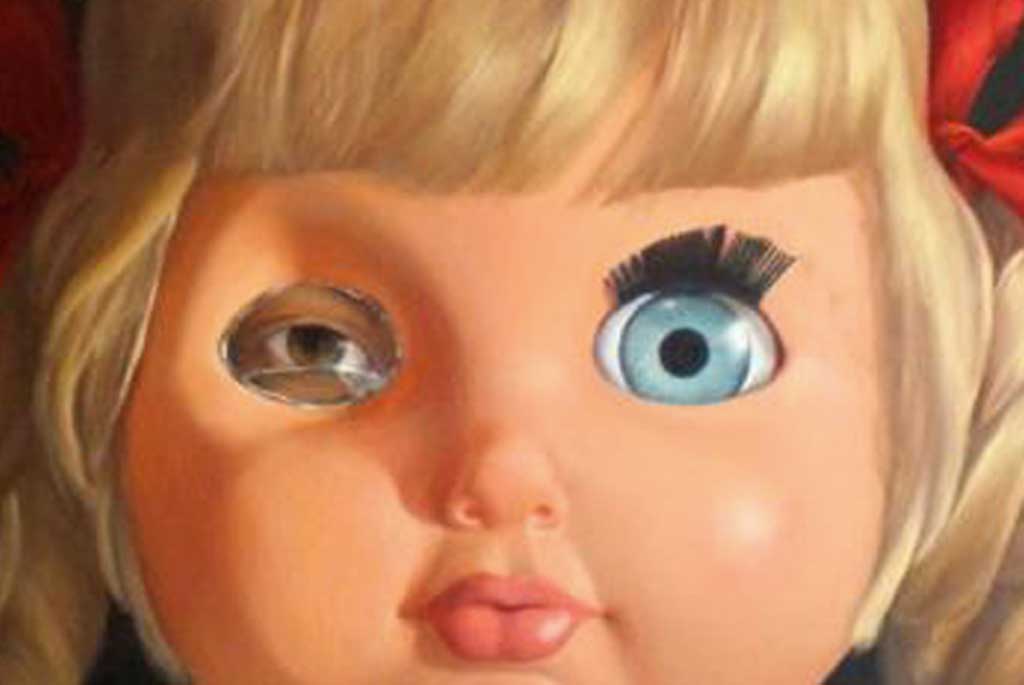Since the suicide of Tunisian street vendor Mohamed Bouazizi first triggered the Arab Spring, which in turn launched uprisings around the world, contemporary artists have engaged with the unique experience of living in a conflict zone whilst fighting against oppressive regimes. The fact that these uprisings have been aided in no small part by the now ubiquitous existence of smartphones and social media has evidently deeply affected much artistic output.
This is particularly clear when considering the differences between contemporary works and those exhibited in the Royal Academy’s ‘Mexico: A Revolution in Art 1910–1940’ (until 29 September), a showcase of art from the Mexican Revolution of 1910–20 and the decades that followed it. There is a disparity of tone between these works and those recently exhibited in, for example, ‘#withoutwords: Emerging Syrian Artists’ at P21 Gallery in London, even though many works included in the show consciously reference the avant-garde.
It is conspicuous how digital advancements, and the subsequent proliferation of war imagery, have given rise to sensationalism; this is particularly noticeable in photojournalistic reporting of conflicts in the Middle East, and can certainly be considered a form of neo-orientalism. In both the mainstream media and on digital photo-sharing platforms, published snapshots aim to capture as spectacular an image as possible, ultimately with the aim of going viral.
Artists have attempted to negate this in very diverse ways; Damascus youth collective Waw al Wasel, who exhibited in ‘#withoutwords’, uses found footage from YouTube in The Boot (2013) to create a montage of militaristic scenes from the Syrian conflict, set against Omar Souleyman’s Arabic remix of Bjork’s ‘Crystalline’. Through its absurdity, the video exaggerates Western depictions of a homogenised Middle East.
Conversely, Ala Eddine Slim Ismaël and Youssef Chebbi’s Babylon (2012), recently screened as part of the ICA’s ‘Contemporary Middle Eastern Film’ series, is a completely de-sensationalised portrayal of the Arab Spring, focusing as much on the mundane aspects of everyday life as the dramatic ones. Turkish collective Ha Za Vu Zu also, in their performance at the Whitechapel Gallery last month, moved the focus away from conflict and destruction; instead they explored the realisation of socialist ideals, such as communal living and free exchange, that took place in the Occupy tents of Gezi Park in Istanbul.
This art has some interesting resonances with the 20th century, however. The photographs of anonymous Syrian collective Lens Young focus on the widespread destruction of buildings in a manner that seems to make direct reference to the Manuel Ramos postcards currently on display at the Royal Academy. Yet their practice is inherently based online, with the majority of their photos first being shared on Facebook and Instagram.
By making reference to their artistic predecessors, yet innovating in their use of digital technology, Lens Young present the universality of the revolutionary experience – in the form of destruction and death – whilst simultaneously acknowledging the huge role that social media has come to play in contemporary movements. Artists such as Tarek Tuma and Hamid Sulaiman, however, work within traditions of the pre-digital age in order to concentrate on the humanitarian side of conflict; their semi-abstracted portraits in oil paint, which were also displayed at ‘#withoutwords’, shift the focus from a homogenised ‘people’ back to individuals.
‘Mexico: A Revolution in Art, 1910–1940’ is on at the Royal Academy of Arts until 29 September 2013.
‘#withoutwords: EMERGING SYRIAN ARTISTS’ ran at P21 Gallery from 27 June–1 September 2013.



